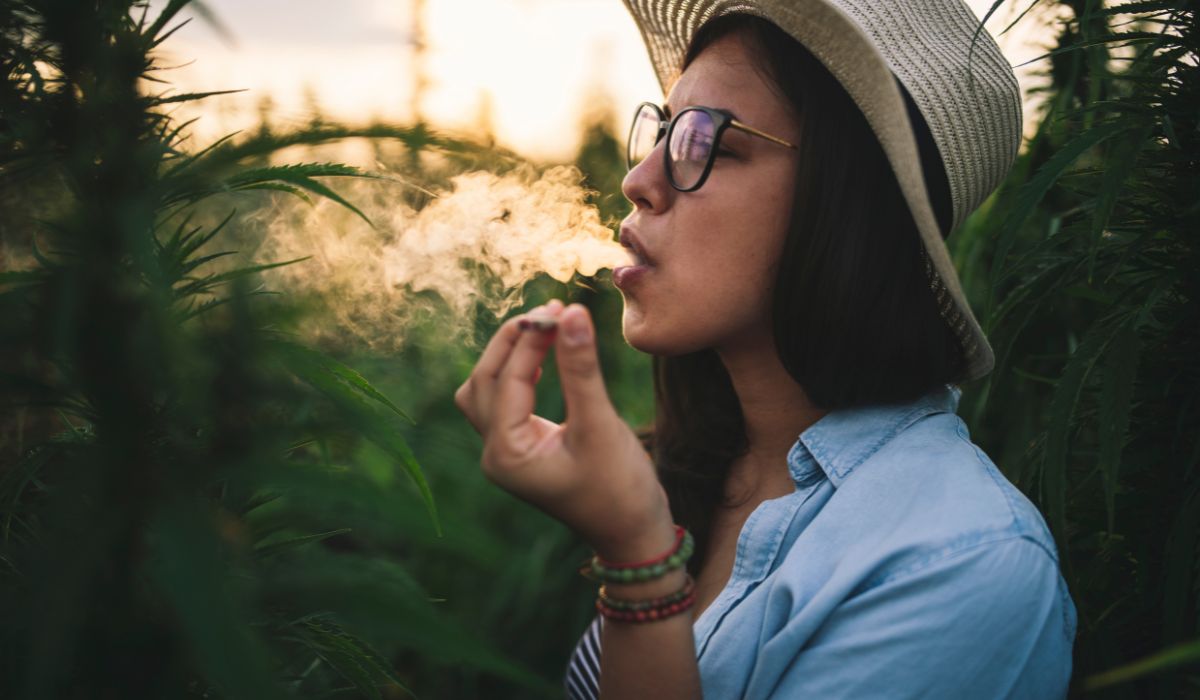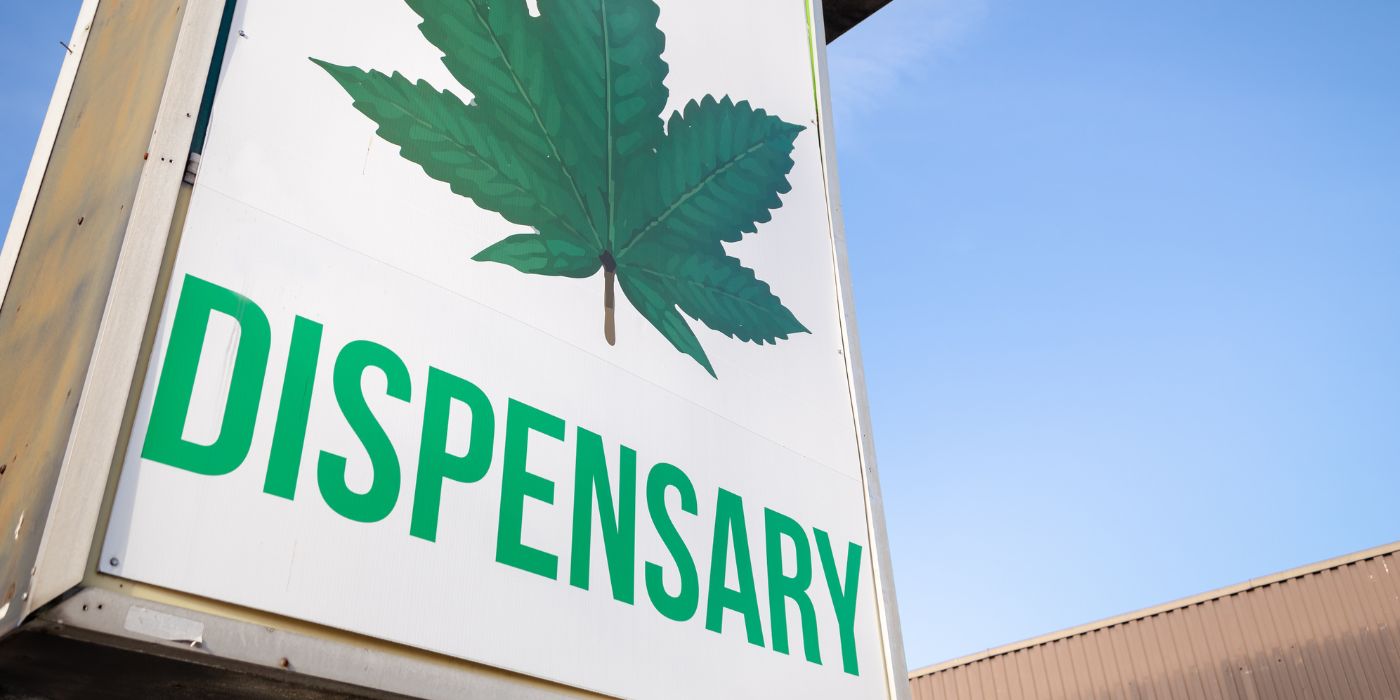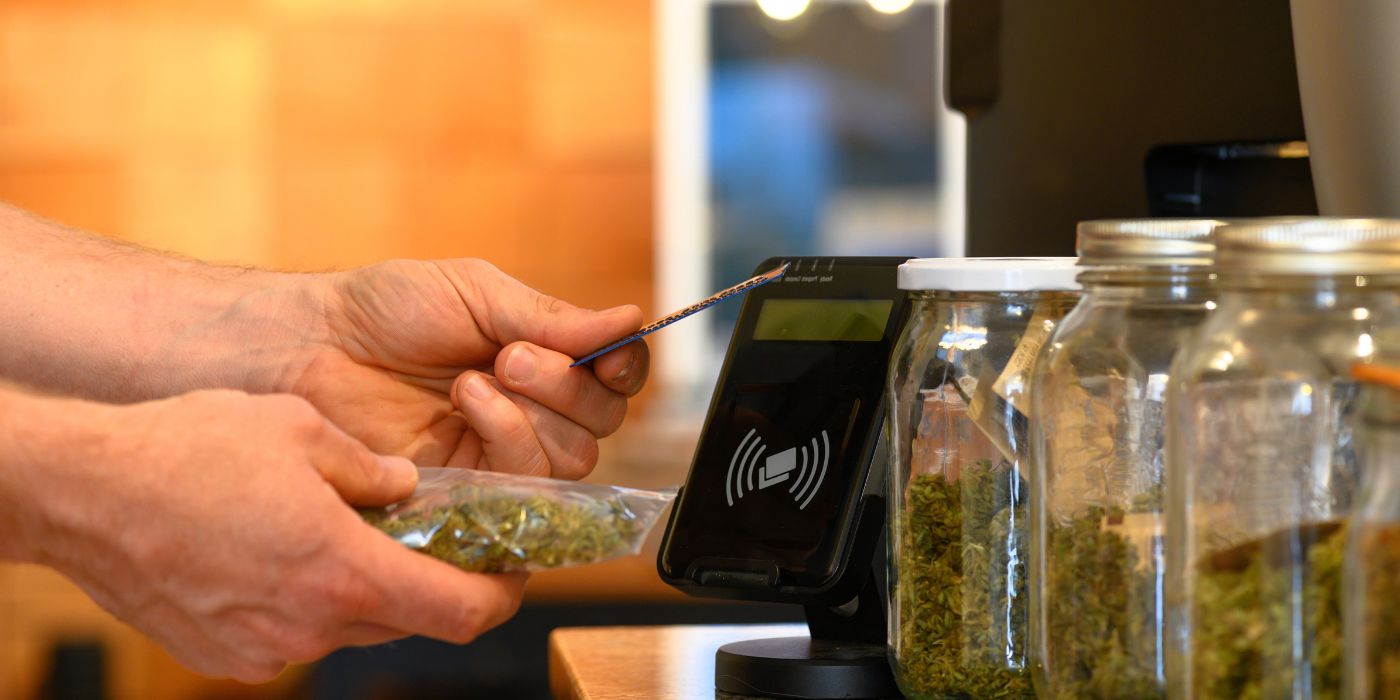
How to Get THCA Flower with FREE Shipping
Finding high-quality THCA flowers can be challenging, but High Pie Hemp Shop makes it easy. If you want premium THCA

Hemp vs. marijuanas plant difference: Busting myths and unveiling the surprising truth beyond a single leaf.
Forget everything you think you know about the green giants swaying in the field. Hemp and marijuana, often shrouded in confusion and misconception, stand tall as two distinct entities within the same botanical family: Cannabis sativa.
While a single glance might leave you wondering if it’s all just shades of green, dive deeper and a world of diverse applications, unique chemical profiles, and even contrasting legal landscapes unfolds. So, put on your botanist hat (metaphorically, of course!), and let’s embark on a journey to untangle the truth behind hemp vs. marijuana.

The Legal Divide:
First things first, let’s address the elephant in the room – legality. In the eyes of the law, the defining factor lies in a single molecule: Tetrahydrocannabinol (THC).
Hemp, by legal definition, boasts a minuscule THC content of 0.3% or less.
Marijuana, on the other hand, contains THC and THCA levels ranging anywhere from 5% to a staggering 35%, depending on the strain. This psychoactive potency is what fuels its recreational and, increasingly, medicinal use, but also lands it firmly in the controlled substances category in many regions.

While THC grabs the headlines, it’s only one player in the complex world of cannabinoids. Hemp shines with its abundance of Cannabidiol (CBD), a non-psychoactive compound touted for its potential health benefits ranging from pain relief to anxiety reduction.
This high CBD, low THC profile makes hemp ideal for producing CBD oil, a burgeoning industry with diverse applications.
Marijuana, while containing CBD, typically has much lower levels overshadowed by its dominant THC content, shaping its psychoactive effects.

Forget the stereotypical stoner image associated with marijuana. Hemp’s potential extends far beyond its legal status. Its sturdy fibers weave their way into textiles, ropes, and building materials, offering sustainable alternatives with impressive strength and durability.
From clothing and shoes to car parts and even bioplastics, hemp’s versatility knows no bounds. Meanwhile, marijuana’s medicinal potential continues to be explored, with research investigating its role in pain management, epilepsy treatment, and even cancer therapy.
However, its legal restrictions hinder widespread research and accessibility.

Appearance Matters, But Not That Much:
To the untrained eye, both hemp and marijuana might appear like twins. However, subtle differences emerge upon closer inspection.
Hemp tends to be taller and leaner, with narrower leaves and looser flower clusters. Marijuana boasts broader leaves, denser buds, and often displays vibrant hues from purple to red.
While not foolproof, these visual cues can offer a hint, but remember, the true distinction lies within the chemical makeup.
The Future Unfurls:
As research progresses and societal attitudes evolve, the landscapes of hemp and marijuana are poised for significant shifts.
Hemp’s industrial potential continues to be recognized, with its sustainable and versatile nature attracting increasing interest. Marijuana’s medicinal properties are being explored further, potentially leading to wider acceptance and responsible use.

Forget what you think you know. Hemp and marijuana are often confused, but they’re distinct. Both belong to the Cannabis sativa family, yet they serve different purposes.

Most cannabis in dispensaries is actually high in THCA, not THC. When heated, THCA converts into THC through a process called decarboxylation. The US Farm Bill bans products with over 0.3% THC but does not list THCA. This means THCA is technically legal under the law, making most cannabis sold in dispensaries legal until it is used.
Think beyond the high. Hemp’s sturdy fibers are in textiles, ropes, and building materials. It’s versatile and sustainable.
Marijuana, meanwhile, is valued for its medicinal potential. It helps with pain, epilepsy, and more. However, legal restrictions limit its use and research.
Visually, hemp and marijuana look similar. But hemp is taller and leaner with narrow leaves. Marijuana plants are bushier with broader leaves and denser buds. These subtle differences help identify them.
The future is promising. Hemp’s industrial uses are expanding. Marijuana’s medical benefits are gaining recognition. As laws change, we can expect more opportunities.
While challenges remain, the future seems brighter for both these misunderstood cousins, offering a chance to harness their unique strengths for a better tomorrow.
Remember, this is just the beginning. The world of hemp and marijuana is vast and complex, with ongoing research and evolving regulations shaping their future.
Stay curious, explore responsibly, and join the conversation as we unlock the true potential of these fascinating plants.
Thank you for reading “Hemp vs Marijuanas Plant Difference”!
We have a wide variety of products that come from hemp, not marijuana: Click here to start exploring.

Finding high-quality THCA flowers can be challenging, but High Pie Hemp Shop makes it easy. If you want premium THCA

Looking for a “THCA dispensary near me“? Well, look no further! At High Pie Hemp Co., we’ve got you covered.
You need to be 21 or older to use this site. We need to make sure you’re old enough to be here.
To verify you are 21+, enter your email address below and you’ll receive for a discount code for shopping. If you are under 21, please click here to exit.